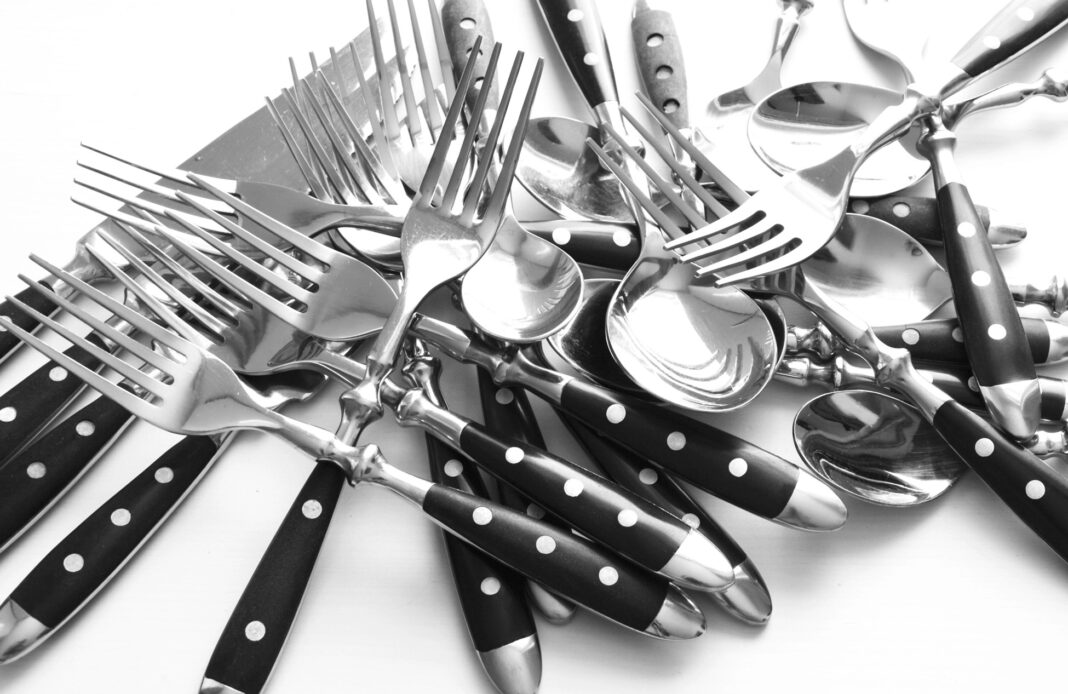Stainless steel is a term we often hear, especially in the context of kitchen crockery, utensils, and industrial equipment. But what exactly does it mean? Is stainless steel truly “stainless”? What sets it apart from other metals? In this article, we’ll peel back the layers and uncover the truth behind the label of stainless steel, exploring its unique properties and practical applications.
Composition and Characteristics
At its core, stainless steel is an alloy of iron with a minimum of 10.5% chromium content and less than 1.2% carbon and other alloying metals by mass. The higher chromium content is what gives stainless steel its remarkable resistance to corrosion and rust (hence the label “stainless”). In addition to chromium, stainless steel may also contain other elements such as nickel, molybdenum, and titanium, which further enhance its resistance to corrosion and heat.
Corrosion Resistance
The defining feature of stainless steel is its exceptional corrosion resistance. Unlike traditional steel, which is prone to rusting when exposed to moisture and oxygen, stainless steel forms a protective oxide layer on its surface. This oxide layer, primarily composed of chromium oxide, acts as a barrier which prevents further oxidation and corrosion. As a result, stainless steel remains shiny and “stainless” even in harsh environments and after long periods of time.
See Also: Blast Out of Your Boredom Zone: How Interactive Screens Supercharge Your Space!
Versatility and Durability
Stainless steel’s resistance to corrosion, staining, and rust makes it an incredibly versatile and durable material. It finds widespread use in various industries, including construction, automotive, aerospace, and healthcare. From kitchen appliances and cookware to surgical instruments and architectural structures, stainless steel’s durability and hygienic properties make it a preferred choice for numerous applications.
Different Grades and Finishes
Not all stainless steel is created equal. There are different grades and finishes of stainless steel, each with its own unique properties and applications. Common grades include 304 (often used in kitchen appliances and utensils), 316 (known for its increased corrosion resistance, ideal for marine and medical applications), and 430 (used in decorative applications due to its magnetic properties).
In restaurants, there are other grades which comprise an acceptable standard for customers to use. The 18/8 grade consists of 18% chromium and 8% nickel, with around half being iron. The high chromium content means that there is more of the element to repel oxygen and prevent rust from forming. Since restaurant silverware is very frequently in contact with the natural acids and bases found in food, it is important that is is made from this anticorrosive grade of stainless steel.
There is also a slightly less revered grade of stainless steel – the 18/0 grade. This simply means that it contains no nickel, making the resulting silverware less lustrous and less sturdy than its 18/8 counterparts. Therefore, the 18/0 grade is used for silverware with a higher turnover mid-grade flatware or hollow items like teapots.
Maintenance and Care
While stainless steel is highly resistant to corrosion and staining, it’s not completely maintenance-free. Regular cleaning and maintenance are essential to preserve its appearance and properties. Mild detergent and water are usually sufficient for routine cleaning, while specialized stainless steel cleaners can help remove stubborn stains and restore shine.Written by Jack Vale
